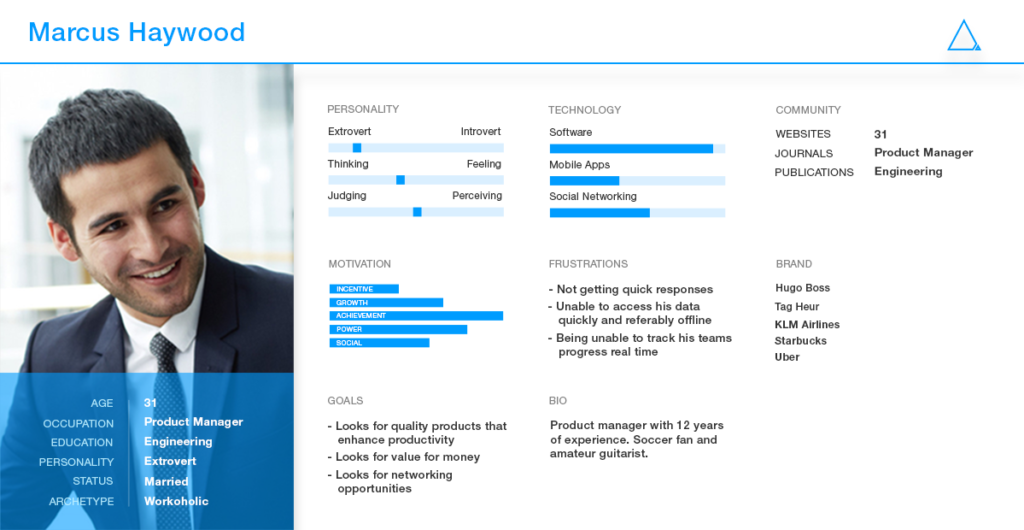You’ve got something to sell and it’s time to produce some world-class marketing copy. Don’t start typing just yet. Yes, you know all about your product and what makes it great. But do you know your customer?
Who is your customer? What does your customer want? Or need? Once you have clear answers to those questions, your let your fingers dance on the keyboard. Until then, here is one of the most important things you can do.
Create a buyer persona.
Buyer Persona
The buyer persona gives human characteristics to your customer, based on audience research.
Selling a set of steak knives? Try this:
Donna is 32 years old and works full time while raising her two children. She does most of the cooking in her household, although her husband also pitches in. As they become more financially secure, she has been willing to spend a little more money on high quality products, instead of buying the cheapest items she can find. She is gradually upgrading her kitchenware and, sure enough, quality knives are on the shopping list.

Yes, Donna is purely fictitious, but she represents many of your customers. She is a much easier person to target with focused copy than every person who might need a set of steak knives. If you try to reach everyone with one great marketing campaign, your copy has a higher chance of failure. You risk a watered-down message that tries to appeal to all people, but ends up appealing to none.
Think about it. Is it easier to meet the needs of one person like Donna, or a room full of diverse people with different needs?
Now, we’ve only scratched the surface, so let’s dig a little deeper on the buyer persona we created for Donna. Here are some additional questions to consider:

How do you know such details about your target customer? Are you just making them up as you go along? Some creative license is needed, but hopefully you have reliable market research to guide you through the process. Follow these steps:
- Do thorough audience research. Understand the most common demographics and characteristics of your typical customer. You can rely on your own market research, or, if that is lacking, you may focus on your competitors’ research.
- Identify your customer pain points. What problems will your product solve? Have you listened to your customers? Is there data showing the problems are common?
- Identify customer goals. What does the customer want? Or need?
- How can your company help? This is the ultimate question. Do you understand your company’s benefits to your customer? Think deeply about how your product will help the buyer persona.
Armed with all of this information, you may being the process of building your buyer persona. And there probably won’t be just one persona. Donna isn’t the only type of customer buying steak knives. Your message for her will be different than your message for 25-year-old David, who is looking for a great wedding gift for his college friend.
As you identify your various buyer personas, your marketing messages will be focused on the people who matter most: your customers.
Want more in-depth reading on how to create a buyer persona? This Daily Egg article does a wonderful job.
Final Note: When I mentioned “creative license,” here is an example of an in-depth buyer persona that gets extra creative to describe the personality, goals and motivations of “Marcus.”
